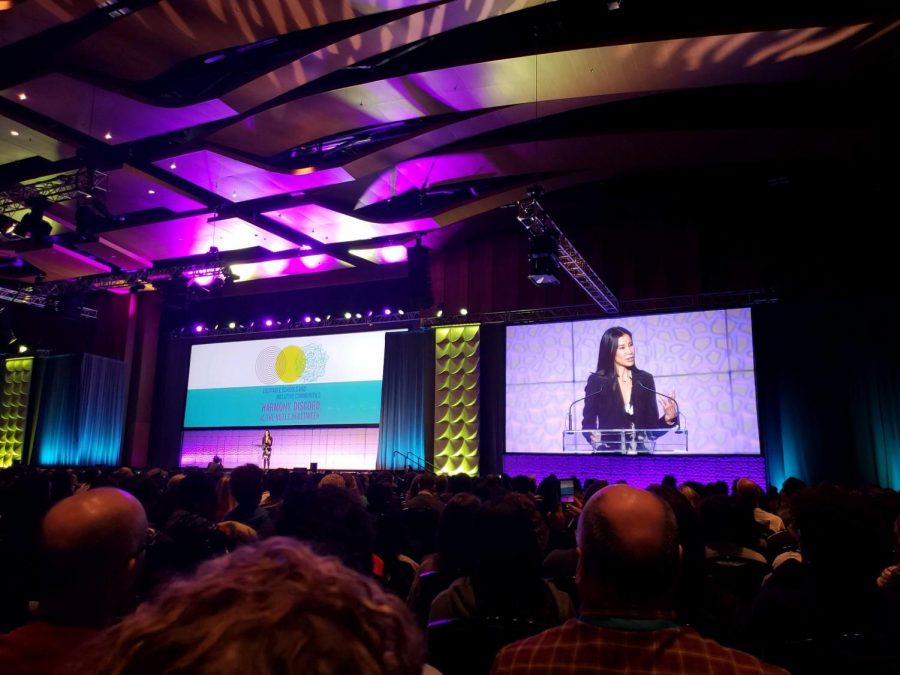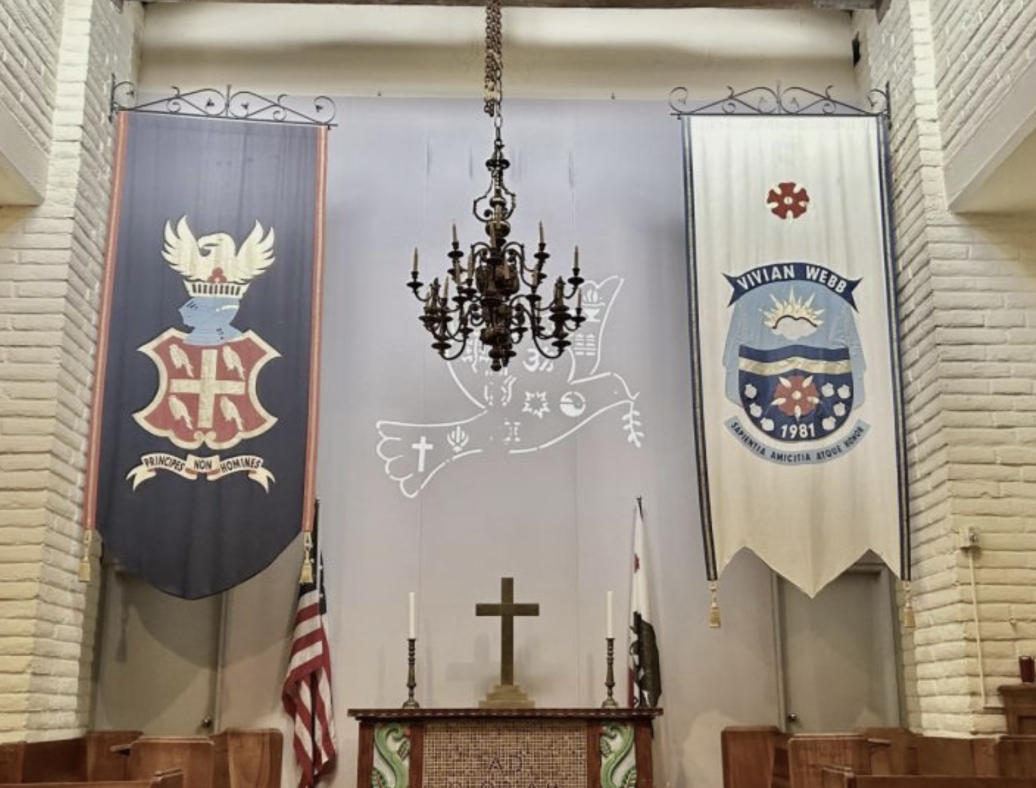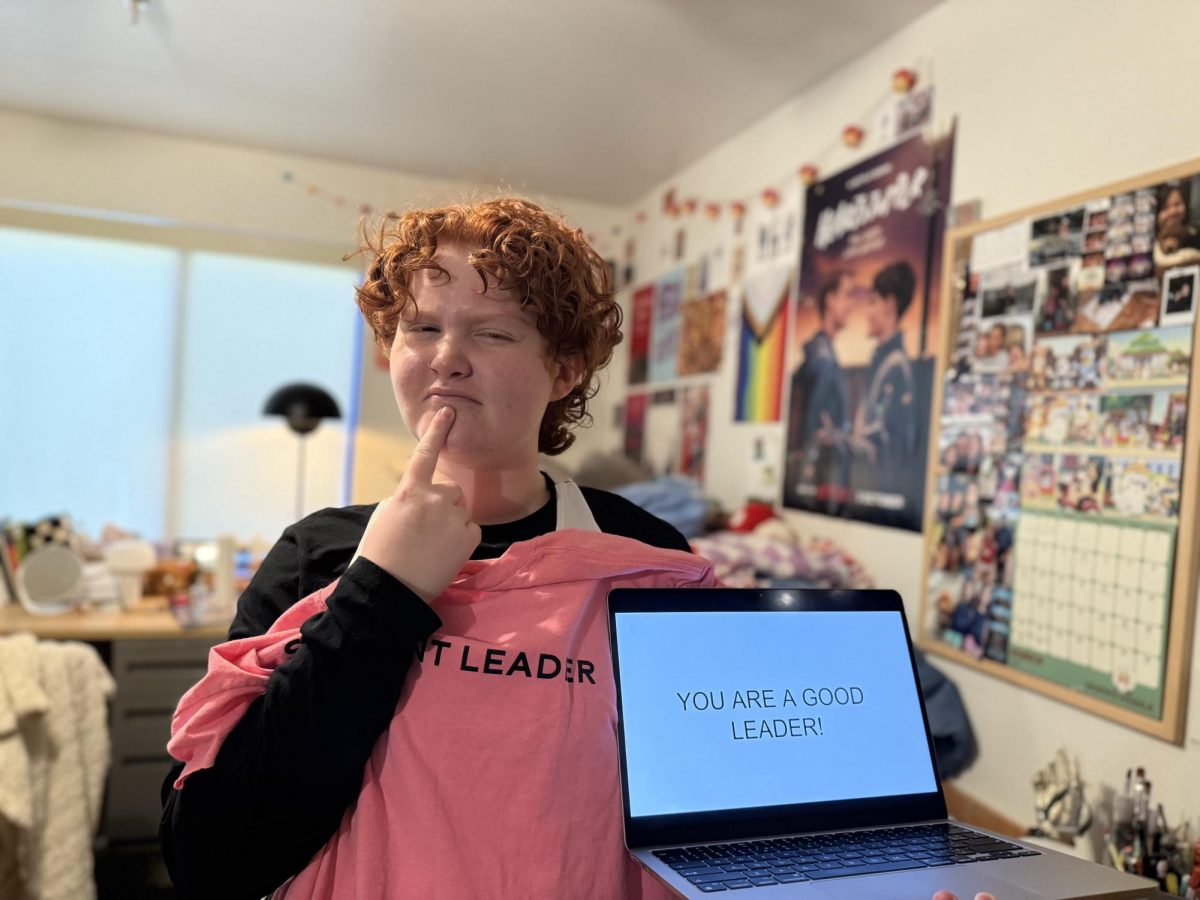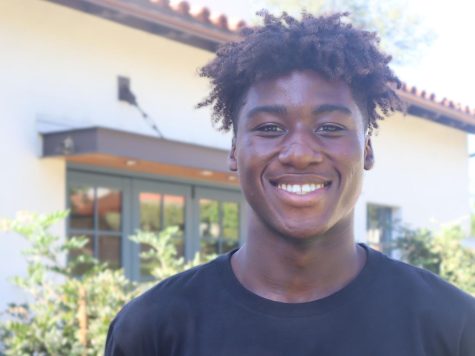Although the NAIS Student Diversity Leadership Conference (SDLC) was held over Zoom, I have been able to create lifelong connections, discover more about my identity, and share my experiences with teenagers across the U.S.
For the past two years, SDLC was held on Zoom due to COVID-19 safety measures. As a result, the students who attended this event felt as though they missed out on the valuable opportunities and in-person connections that the conference is known for.
SDLC is a gathering of student leaders from multiple cultures and backgrounds in grades 9-12 across the U.S. and internationally. The conference is led by peer facilitators, guest speakers, and a team of trained adults.
“I think I missed out on specific connections I could’ve made with people if we were in person,” Valeria Gonzalez (‘23) said.
Since Webb limited the conference to inside an Airbnb this year, students only got to see and talk to others freely during breakout room sessions because there were a large number of people in the main sessions.
“I feel like if we had free time in person, I’d be able to meet people who weren’t in my family/affinity groups,” Valeria said.
Family groups are groups of around 15-20 students and two facilitators. It is similar to Webb’s advisory program, where students meet every day and do activities together. Students spent the most time in their family groups, which allowed them to connect with others in the group and create new friendships.
Affinity groups are safe spaces where the people in the group share an identity, such as the same gender, sexual orientation, or race.
“Connections with new people when you meet them ‘in the flesh’ is an experience that unfortunately cannot be replicated online,” Isabella Llorens (‘22) said. “Being in-person made it feel very safe because we were all in the same convention center seeing the same 6,000 people for three days in a row.”
Despite SDLC being virtual, I was still able to learn about unique perspectives along and think about questions that required much more than a one-sentence response. Everyone that attended the conference still shared their emotions over a computer screen, which is difficult to do.
Students were provided with safe spaces to share their stories, which were very open and not limited to one single topic. Students were very understanding and were able to share their insight or personal experiences with one another.
Even online, students were still able to connect with one another through different methods such as the silent movement, an activity where students turn their cameras on if they relate to what the speaker is saying.
For example, if the speaker says, “If you identify as black, turn your camera on,” and those who identified would then turn their camera on and be able to see all the other people who also identified with what was said. Students with their cameras off are unable to be seen, so those who identify with what was said are the only students visible.
Most people from my family group and affinity group have all reached out so that we are able to stay in contact and talk to each other about issues we have been facing. Not only do the two groups give me the opportunity to share my personal problems in a safe place, but it also allows me to make new friendships.
Even though the event just ended, I have already been able to apply what I have learned to my affinity group and the classroom. For me, the SDLC experience was very empowering, and it sparked a new search for identity within myself. I am extremely grateful and proud that I was able to be part of the conference.







![Many Webb students spend their free time in the library watching a popular TV show like Riverdale and Euphoria. “Based off what I’ve seen, like in Euphoria, because the actors are older, they don't showcase an actual high school life properly,” Sochika Ndibe (‘26) said. “Since [the actors] are older [and] playing a teenager, from a girl’s perspective, it is going to make you think you should look more developed at a young age.” The actor, who plays Veronica Lodge, was 22 years old at the time of filming.](https://webbcanyonchronicle.com/wp-content/uploads/2025/03/Antecol-Media-affects-how-society-functions-graphic-1200x900.png)

